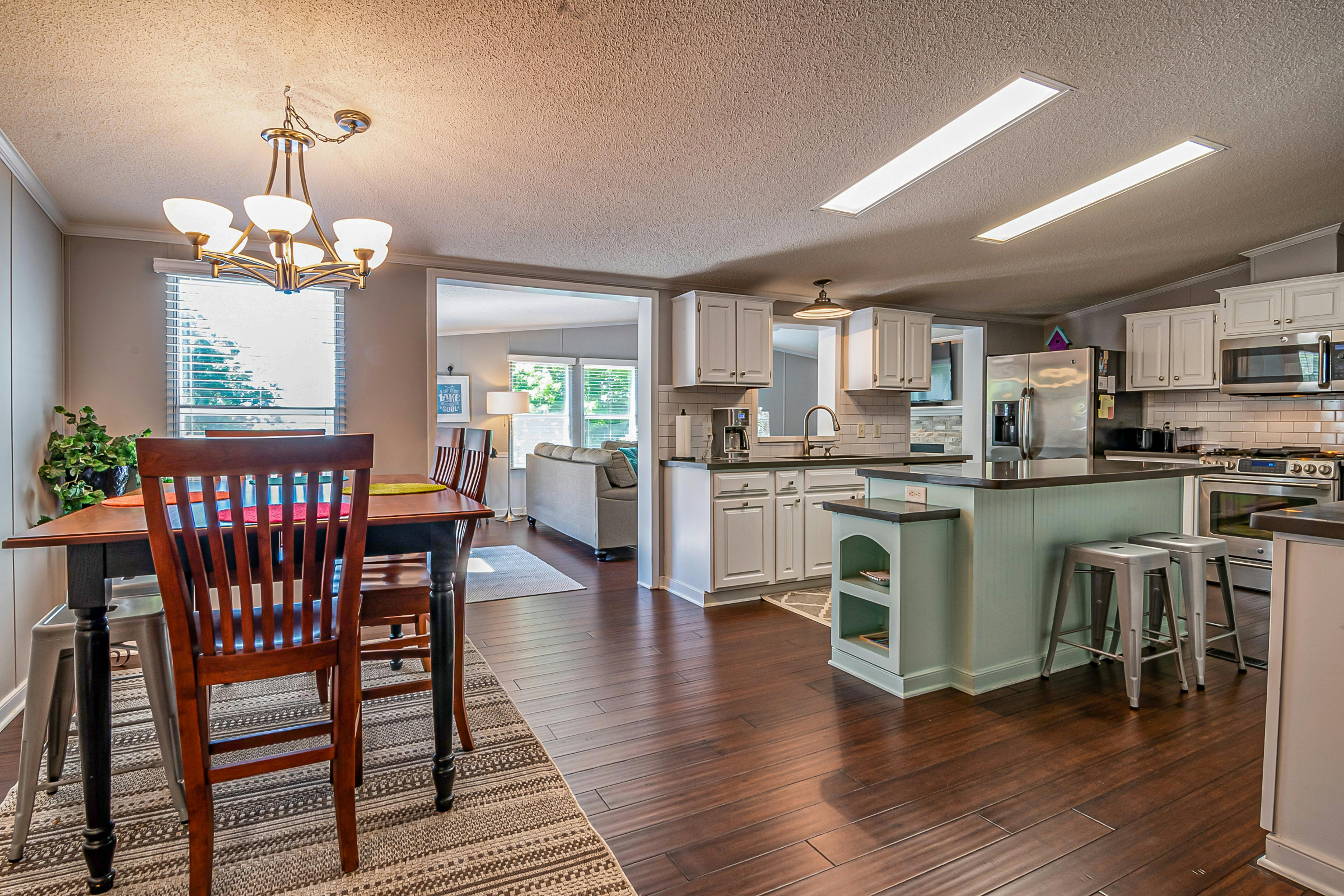Landlord Blog
Education and news for smart DIY landlords!
Things You Can Negotiate During a Home Sale

Selling a home involves much more than just listing it and waiting for offers. From the initial offer to closing day, there are numerous aspects of a home sale that can be negotiated. Understanding what elements are open to negotiation can help you maximize your sale price and make the transaction smoother. Here’s a guide to the key components you can negotiate during a home sale.
1. Sale Price
The most obvious point of negotiation is the sale price. While the listing price sets the starting point, buyers often make offers below this amount. As a seller, you have the opportunity to negotiate back and forth until you reach a price that both parties are comfortable with. Consider the market conditions, your home’s value, and comparable sales in the area when determining your negotiating strategy.
2. Closing Costs
Closing costs can add up quickly and can be a significant burden for buyers. As a seller, you might negotiate to cover some or all of these costs to make your offer more attractive. Common closing costs include title insurance, escrow fees, and transfer taxes. By agreeing to absorb these costs, you might secure a faster sale or even a higher sale price.
3. Contingencies
Contingencies are conditions that must be met for the sale to proceed. Common contingencies include those related to home inspections, appraisals, and financing. Buyers often include contingencies to protect themselves, but as a seller, you can negotiate the removal or modification of these contingencies. For example, you might agree to a quicker inspection period or accept an offer without an appraisal contingency if you’re confident in your home’s value.
4. Repairs and Maintenance

During the home inspection, buyers might request repairs or a reduction in price based on the findings. Sellers can negotiate these repair requests by either agreeing to perform the repairs, offering a credit towards the cost of repairs, or providing a reduction in the sale price. Consider the cost of repairs versus the potential impact on the sale price when deciding how to handle these requests.
5. Closing Date
The closing date is another negotiable element. Buyers may have specific timing needs, such as closing quickly to move in before the school year starts or requesting a delayed closing to align with their current lease. As a seller, you can negotiate the closing date to accommodate these needs or to better fit your own timeline, such as coordinating with the purchase of your next home.
6. Appliances and Fixtures

Sometimes buyers are interested in additional items beyond the home itself, such as appliances, light fixtures, or even furniture. Negotiating these inclusions can be a way to close the deal if buyers are hesitant about the sale. You might agree to include certain appliances or fixtures in the sale, or conversely, you might negotiate to retain these items if they hold personal value.
Discover: Home Improvements With the Best ROI
7. Earnest Money
Earnest money is a deposit made by the buyer to show their commitment to the purchase. The amount of earnest money can sometimes be negotiated. As a seller, you might negotiate a higher earnest money deposit to show the buyer’s serious intent or to provide a financial cushion in case the deal falls through.
8. Home Warranty

Offering a home warranty can be a negotiating tool to make your home more attractive to buyers. A home warranty covers the cost of repairs or replacements for major systems and appliances. By offering a warranty, you can provide buyers with added peace of mind, which might make them more willing to move forward with the purchase.
Conclusion
In conclusion, negotiating during a home sale involves more than just the sale price. By understanding and strategically negotiating these various elements, you can create a deal that benefits both you and the buyer, leading to a smoother and more successful transaction.
